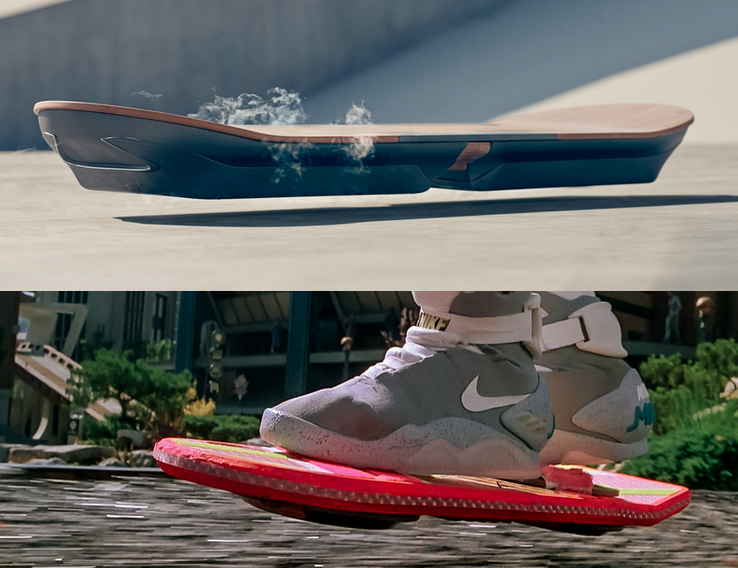‘Back to the Future II’ predictions about 2015, far-fetched yet accurate
Correction: In the Oct. 2 edition of the Cardinal Times, this story stated that the movie made predictions for the date Oct. 23, 2015. The actual date was Oct. 21
The date Oct. 21 probably doesn’t have any particular significance unless you are a major Michael J. Fox fan. The film “Back to the Future II” was released in theaters 1987 and featured main character Marty McFly traveling 30 years forward in time, from 1985 to 2015.
The date McFly traveled to is upon us. In the film director Robert Zemeckis imagined what 2015 would look like through the set decoration and some of the common items people of the future used.
Now it’s obvious that Zemeckis didn’t predict everything correctly. Gas is still pumped by station employees (NJ and OR) or yourself, not robots. But there are still several technological advancements and events that were predicted almost correctly in the movie. The moment of truth is on the, but for now, we can be sure that the producers and writers predicted these.
Working out and eating at the same time:
In the scene at the 80s cafe, Marty McFly looks around the room and sees two people wearing biker helmets eating food while doing spinning exercises at the same time. Though this doesn’t seem to be too futuristic, there are no restaurants that we know of that allow patrons to eat and exercise simultaneously. Still, there are devices which allow this. One that Portlanders are well aware of is the brewcycle, a hybrid of two of Portland’s most cherished hobbies, biking and drinking microbrews. It is very reminiscent of the spinners in the 80s cafe.
Hands-free video games:
Also in the 80s cafe scene, we see McFly approach an asteroids machine with two children questioning how to use it. After he explains, one replies, “You have to use your hands?” Like in the movie, some games today allow players to use only their bodies. It started with the unpopular eyetoy by Playstation in 2003. The more popularized version of motion-control gaming was the Kinect by Xbox, released in 2010.
Hoverboards:
This one may come as a surprise because the implication of hoverboards into modern society on a commercial scale is still years away. However, Lexus is still working on implementing their Slide board on a commercial scale. The main difference from the movie, however, is that Back to the Future II hoverboards can hover above anything (except water), but there must be a strong enough magnetic field under the board for it to function properly. The closest thing to the hoverboards from the film are self-balancing personal scooters, also known as cyboards or “swegways”.
Flying cars:
Like hoverboards, flying cars have not been popularized on a commercial scale yet, and there is little chance that when they are, they will be sold for $39,999.99 as in the movie. But research has been done to see if flying cars will be a widely sold in the future. The company Terrafugia has been working to produce their TF-X aircraft on a large scale to allow the common consumers to travel long distances when they wish to avoid inconvenience of commercial long-distance travel.











